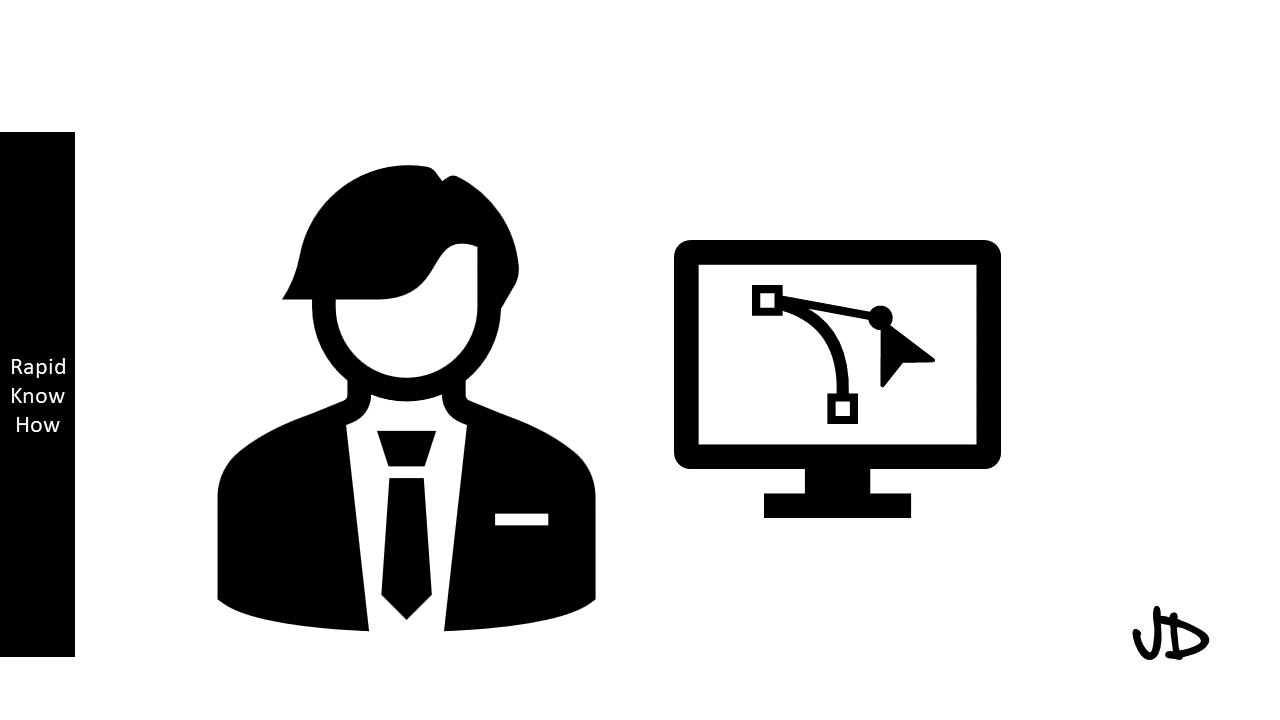Introduction
Visual thinking is a powerful tool that executives use to solve complex problems quickly. It involves the use of visual aids to organize thoughts, explore ideas, and present information in a way that is easy to understand. This method of thinking can be applied in various scenarios, including assessing the size and value of served and potential markets.
Understanding Visual Thinking
Visual thinking is a process that involves the use of images, diagrams, sketches, or other visual elements to convey ideas or information. It’s a way of leveraging our innate ability to understand and interpret visual data quickly. This method can be particularly useful when dealing with complex problems or large amounts of data.
Applying Visual Thinking to Problem Solving
To apply visual thinking in problem-solving, one must first understand the problem at hand thoroughly. This involves gathering all relevant data and information about the problem. Once this is done, one can then begin to visualize this information using various tools such as diagrams, charts, mind maps, etc.
For instance, if an executive is trying to assess the size and value of their served and potential market, they could start by gathering all relevant data about their current market share, potential market size, customer demographics, etc. They could then visualize this data using a pie chart or bar graph to get a clear picture of their current market position.
Case Study: How Executives Use Visual Thinking in Market Assessment
In this case study, we will explore how executives use visual thinking to assess the size and value of their served and potential markets.
The first step in this process is data collection. The executives gather all relevant data about their current market share, potential market size, customer demographics, etc. They also collect data on their competitors’ market shares and customer demographics.
Once they have all this data, they then begin to visualize it using various tools such as pie charts, bar graphs, scatter plots etc. For instance, they could use a pie chart to represent their current market share compared to their competitors’. They could also use a bar graph to represent the potential market size based on different customer demographics.
By visualizing this data, the executives are able to see patterns and trends that may not have been apparent in the raw data. For instance, they may notice that a particular demographic is underrepresented in their current market share but has a high potential for growth. This would indicate an opportunity for expansion into this demographic.
Conclusion
Visual thinking is a powerful tool for solving complex problems quickly. By visualizing data and information, executives can gain insights into their served and potential markets that would not have been apparent otherwise. This can help them make informed decisions about where to focus their efforts for growth and expansion.
In conclusion, visual thinking is not just about creating pretty pictures or diagrams; it’s about using visuals as a tool for understanding complex problems and making informed decisions. Whether you’re an executive trying to assess your market position or a student trying to understand a difficult concept, visual thinking can help you see things more clearly.
